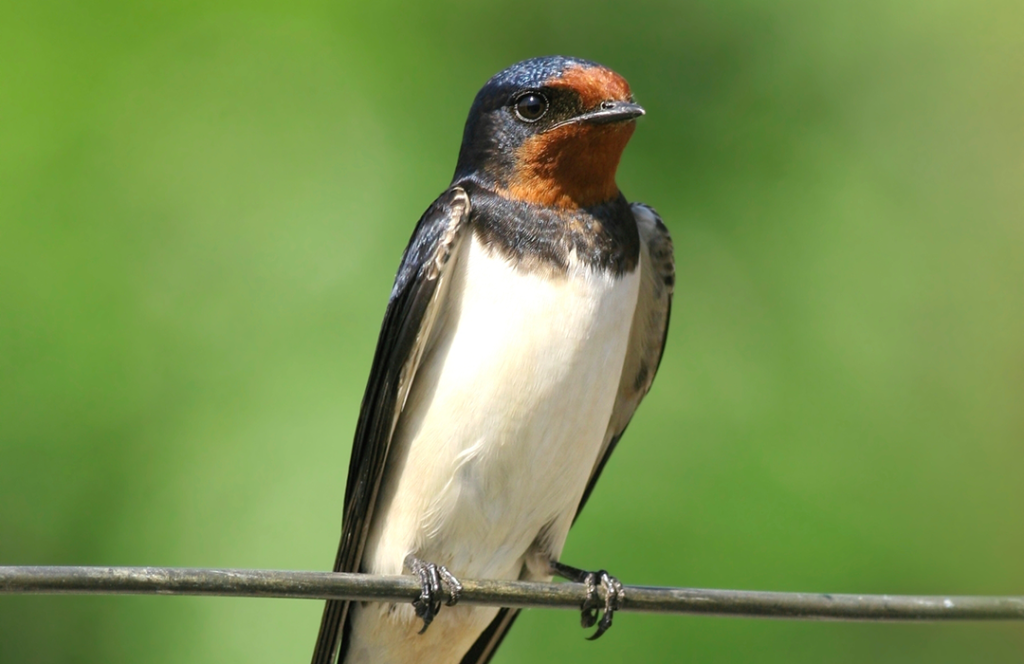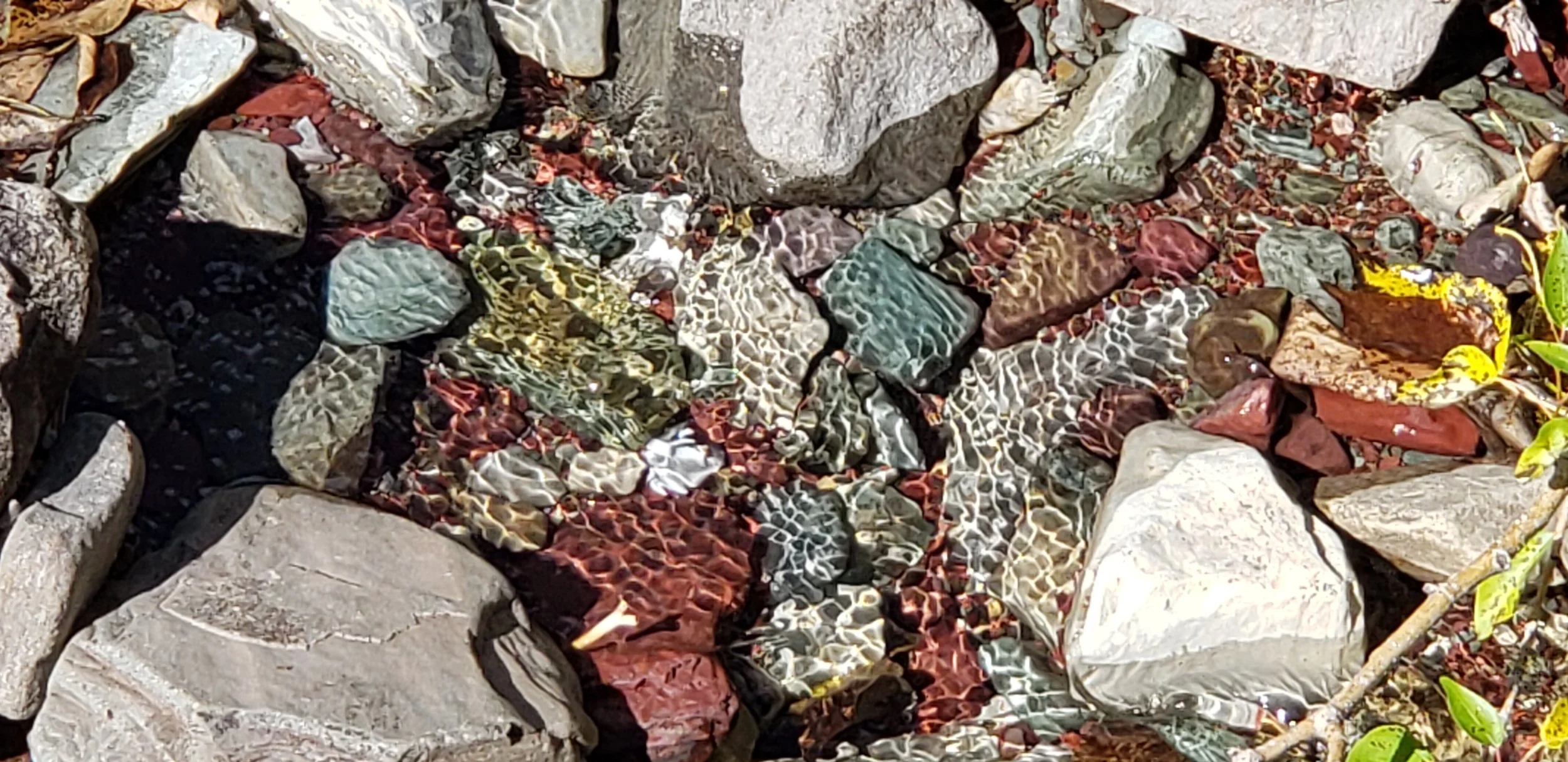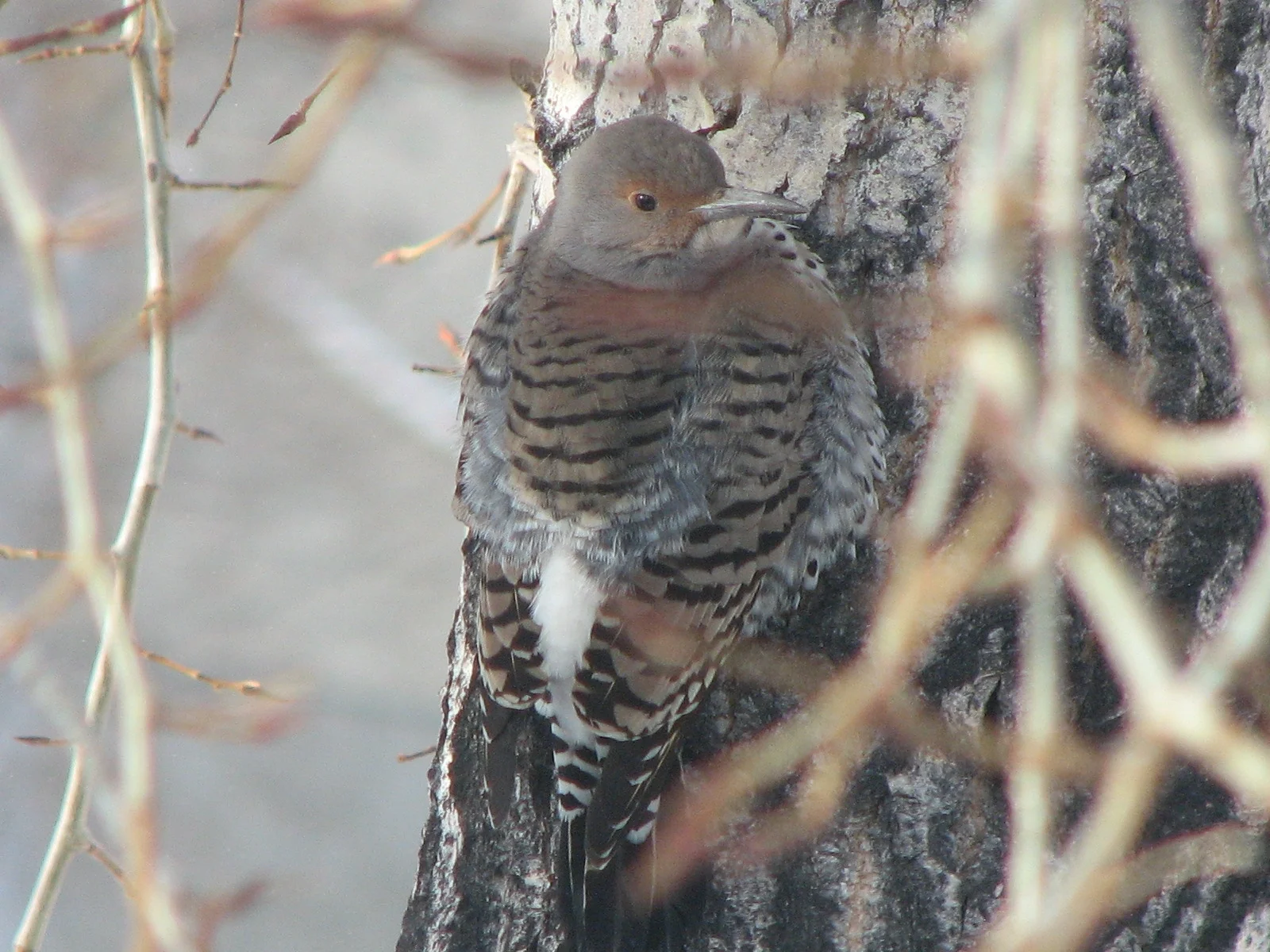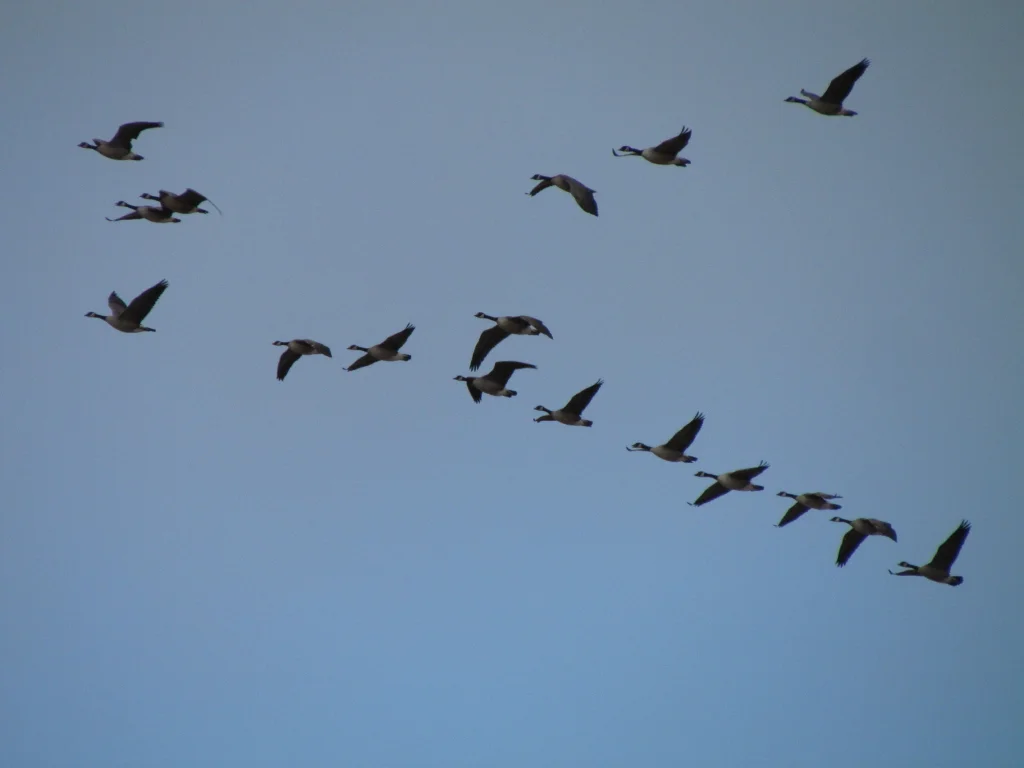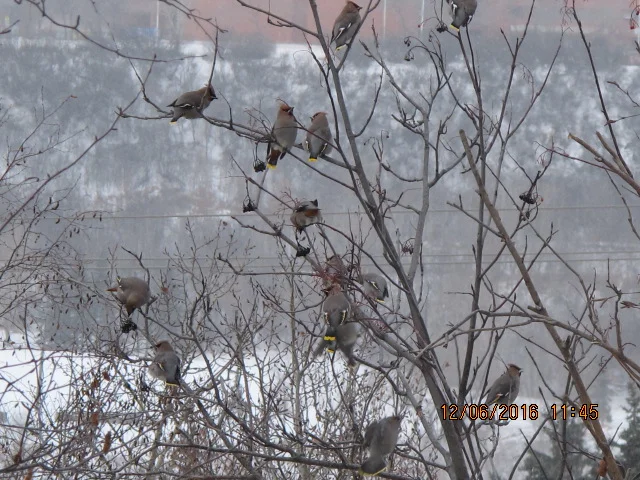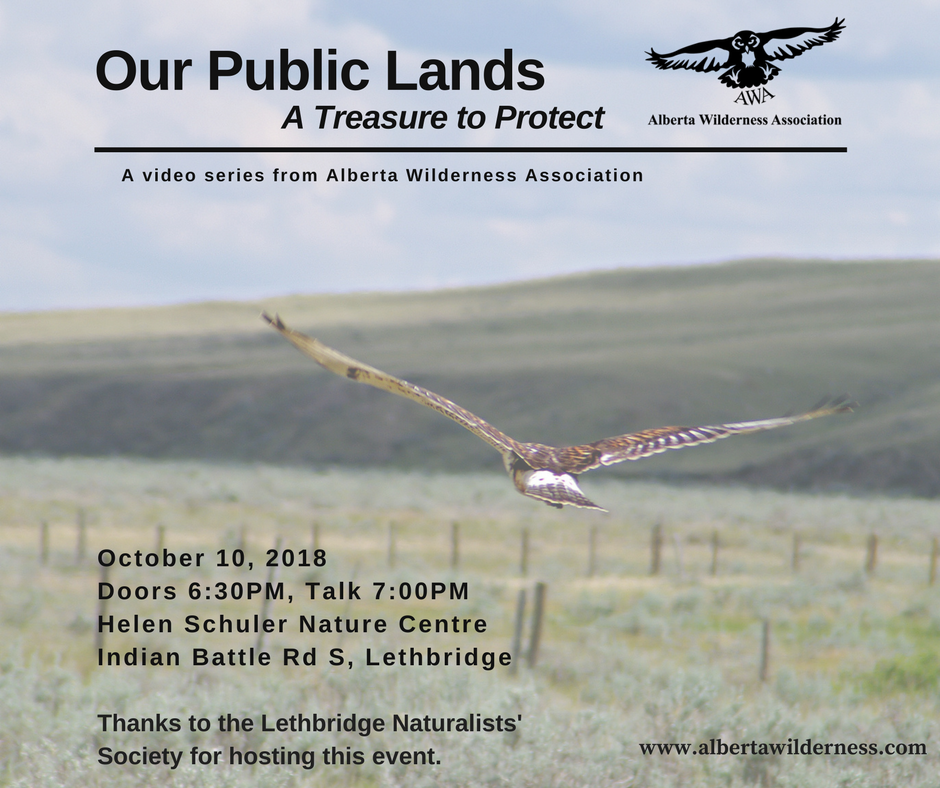The Board of Directors of the Lethbridge Naturalists' Society invite you to join us for our Annual General Meeting of Members to be held on Wednesday October 12, 2022 starting at 8:00 PM, after the guest speaker presentation. The meeting will be held at the Helen Schuler Nature Centre community room, located in the Lethbridge river valley at the north end of Indian Battle Road South.
Nature Lethbridge
ANNUAL GENERAL MEETING AGENDA
October 12, 2022 at 8:00pm at Helen Schuler Nature Centre Community Room
1. Call to Order
2. Approval of the Agenda
3. Approval of the Minutes of the 2021 Annual General Meeting
4. Reports of Officers:
a. President’s Report
b. Treasurer’s Report
6. New Business
a. Approval of the revised Bylaws
b. Revised Board of Director’s Handbook notice
c. Discussion of Nature Lethbridge’s direction/activities for 2022/23
a. Speaker series
b. Field trips
d. Appointment of Auditors 2022/2023
e. Election of Officers 2022/2023
i. President (1-year term)
ii. Treasurer (1-year term)
iii. Secretary (1-year term)
iv. Vice-President (2-year term)
v. Directors at large (2) (2-year term)
vi. Communications director (2-year term)
7. Adjournment






